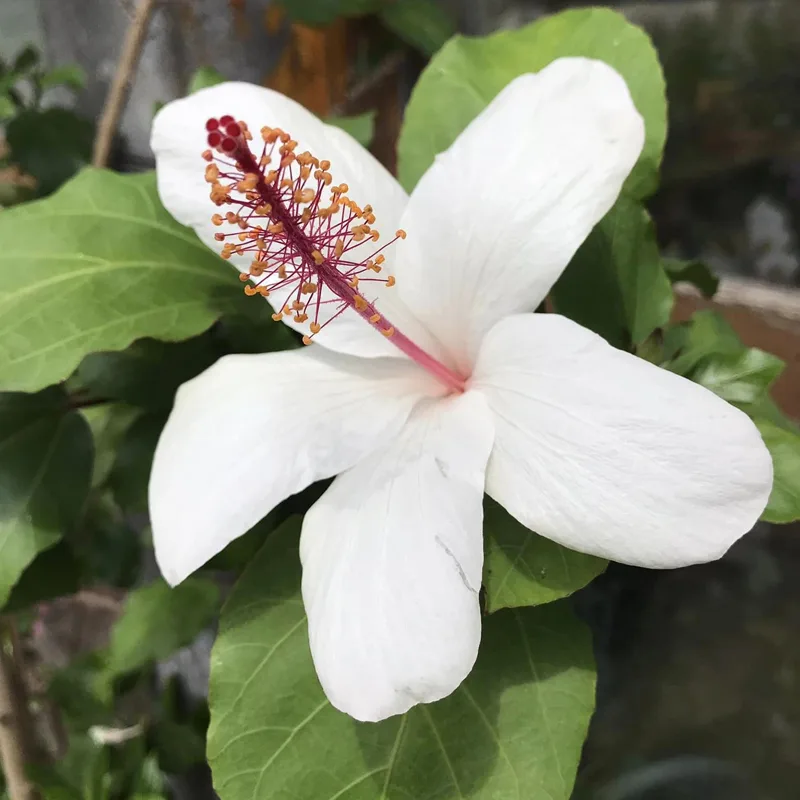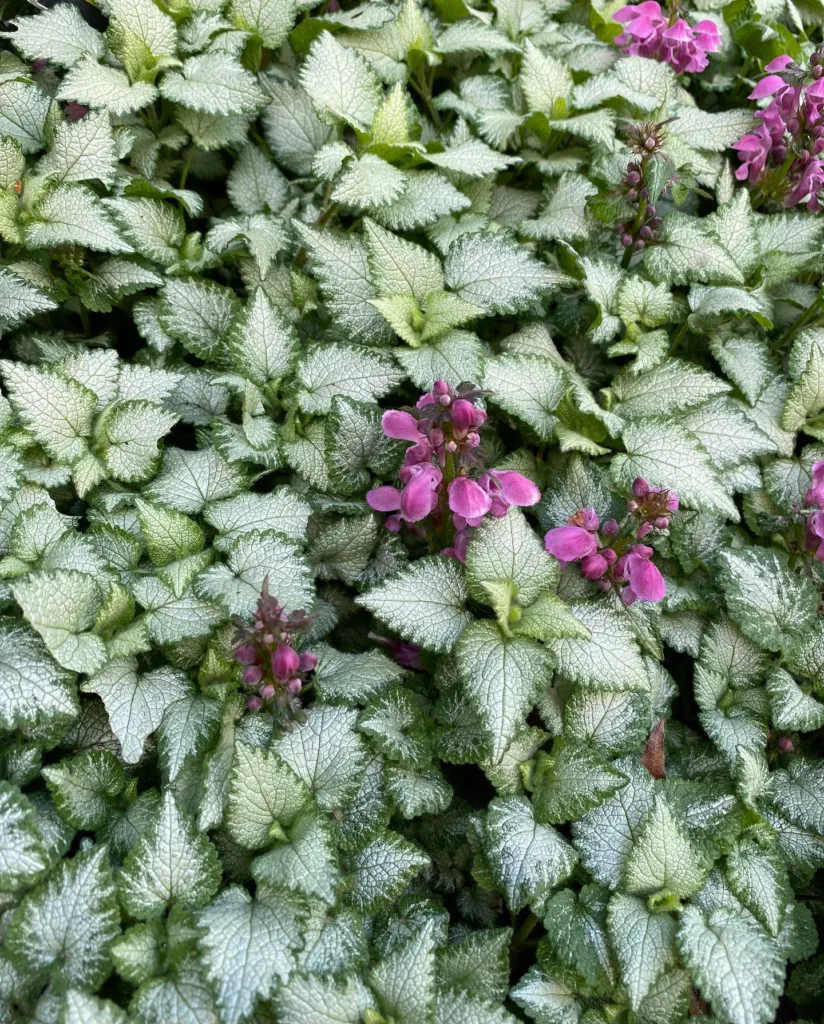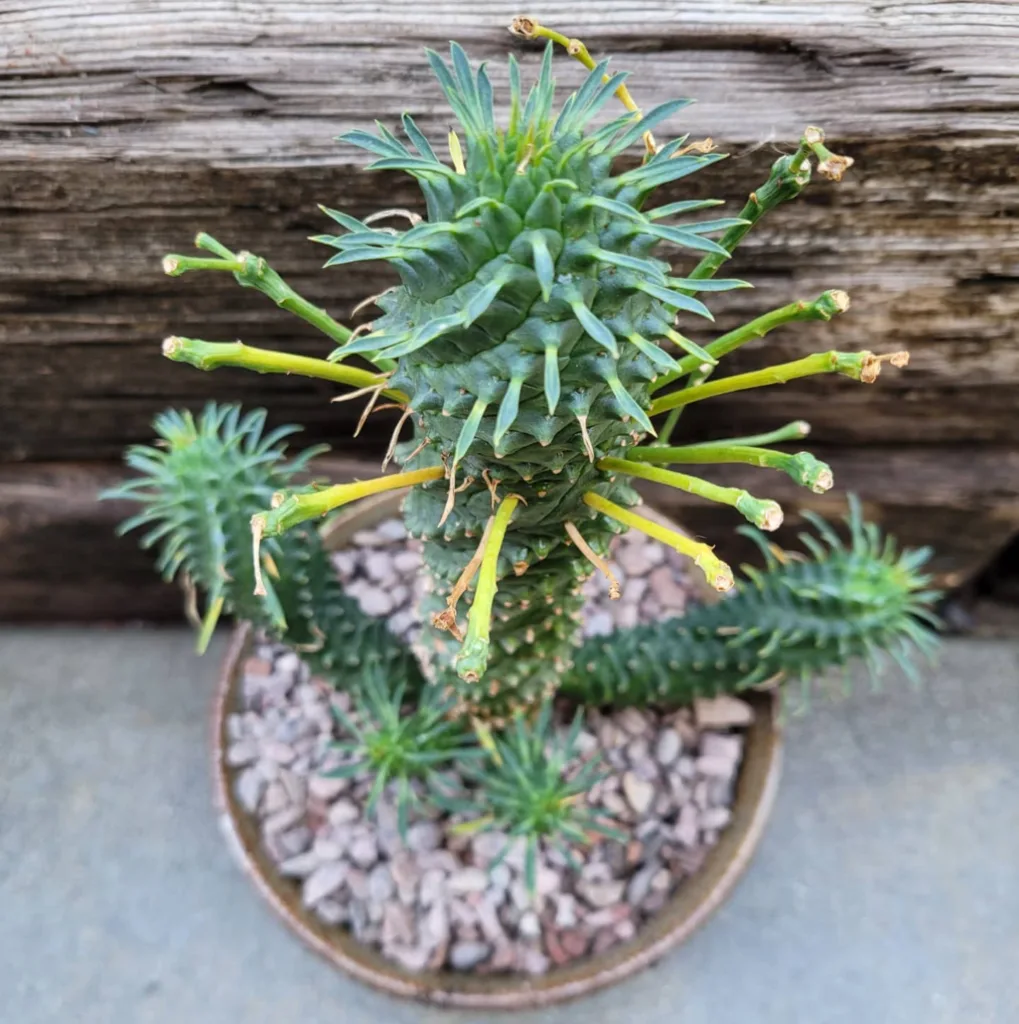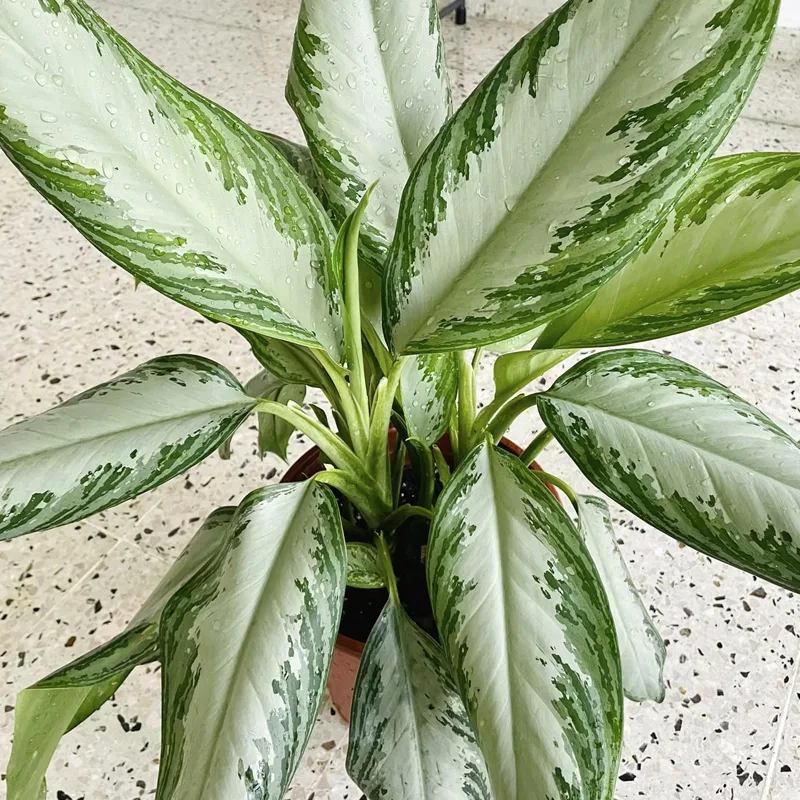When it comes to trees that combine beauty and practicality, the Celebration Maple Tree stands out for its unique features and versatility. This tree is known for its stunning appearance, fast growth, and relatively low-maintenance nature. If you’re considering adding one to your landscape, I’ve compiled a list of FAQs to help you understand more about this remarkable tree. Let’s explore the pros and cons, growth rate, and other essential facts.
What is the Celebration Maple Tree?
The Celebration Maple Tree, also known as Acer x freemanii ‘Celzam’, is a hybrid between the Red Maple (Acer rubrum) and Silver Maple (Acer saccharinum). It is celebrated for its brilliant fall color, which ranges from fiery reds to golden oranges, making it a perfect focal point in any garden or landscape. The tree’s upright, oval shape is another draw, providing an elegant structure in both residential and commercial spaces.
Celebration Maple Tree Growth Rate
One of the most appealing aspects of the Celebration Maple Tree is its growth rate. This tree is considered fast-growing, typically adding 3 to 5 feet per year under optimal conditions. This rapid growth makes it an excellent choice if you’re looking to establish shade or create privacy in your landscape quickly. The tree can reach a mature height of around 50 feet, with a spread of about 30 feet. Given its size and growth speed, it’s crucial to plant it in an area with enough space to accommodate its full-grown canopy.
Celebration Maple Tree Pros and Cons
Every tree has its advantages and disadvantages, and the Celebration Maple is no exception. Here are the key pros and cons to consider:
Pros:
- Fast Growth: As mentioned, this tree grows rapidly, making it a good option for those who want to see results in a shorter time frame.
- Brilliant Fall Color: The vibrant fall foliage is one of the main attractions, adding seasonal interest to your landscape.
- Drought Tolerant: Once established, the Celebration Maple can withstand periods of drought, making it a low-maintenance option for many gardeners.
- Strong Wood: Unlike its parent, the Silver Maple, the Celebration Maple has stronger wood, making it more resistant to storm damage.
Cons:
- Surface Roots: The Celebration Maple Tree can develop surface roots, which may interfere with lawns or nearby plantings.
- Size: Its large size may not be suitable for small yards, as it needs ample space to grow without crowding other plants or structures.
- Seed Production: Although not as prolific as other maple varieties, the Celebration Maple does produce seeds that may require cleanup.
Celebration Maple Tree Facts
In addition to its rapid growth and visual appeal, there are other important Celebration Maple Tree facts to keep in mind:
- Soil Preference: This tree is adaptable to a range of soil types, including clay, loam, and sandy soils. It thrives best in moist, well-drained conditions.
- Sunlight Needs: The Celebration Maple prefers full sun to partial shade. It needs at least six hours of direct sunlight daily to maintain its vibrant color and healthy growth.
- Lifespan: Under the right conditions, this tree can live for several decades, providing long-term beauty and shade.
How to Care for a Celebration Maple Tree?
Caring for a Celebration Maple Tree is relatively straightforward. Here are some tips to ensure it thrives in your landscape:
- Watering: When first planted, ensure the tree receives consistent moisture, especially during the first few years. Once established, it becomes more drought-tolerant, though occasional deep watering during dry spells is beneficial.
- Fertilization: You can fertilize the tree in early spring to encourage healthy growth. A balanced fertilizer is usually sufficient.
- Pruning: Regular pruning is essential, especially in the tree’s early years. Focus on removing dead or crossing branches to maintain a strong structure. This will help prevent storm damage later in life.
How to Propagate a Celebration Maple Tree?
Propagation of Celebration Maple Trees is generally done through cuttings or grafting, as growing from seed can be unpredictable. For cuttings, take a healthy stem cutting in late spring or early summer, treat it with rooting hormone, and plant it in a well-draining potting mix. Keep the cutting moist and in indirect light until roots develop.
What to Plant with a Celebration Maple Tree?
When planning your landscape, consider companion plants that can thrive under the shade and soil conditions of a Celebration Maple Tree. Here are some options:
- Hostas: These shade-loving perennials work well under the canopy of a mature Celebration Maple.
- Ferns: Another excellent choice for shade, ferns add texture and greenery.
- Daylilies: If planted at the tree’s edge where sunlight is more available, daylilies can add vibrant color during the summer months.
Final Thoughts
The Celebration Maple Tree is an exceptional choice for anyone looking to add a fast-growing, visually stunning tree to their landscape. With its brilliant fall color, strong wood, and adaptability, it brings many benefits. However, consider the potential drawbacks, like surface roots and size, before planting. Overall, it’s a tree that can provide long-term beauty and shade with relatively low maintenance.
I hope this guide has answered your most pressing questions about the Celebration Maple Tree, from growth rate to care and companion planting. Whether you’re a seasoned gardener or just starting, this tree is worth considering for your next project.
If i die, water my plants!



